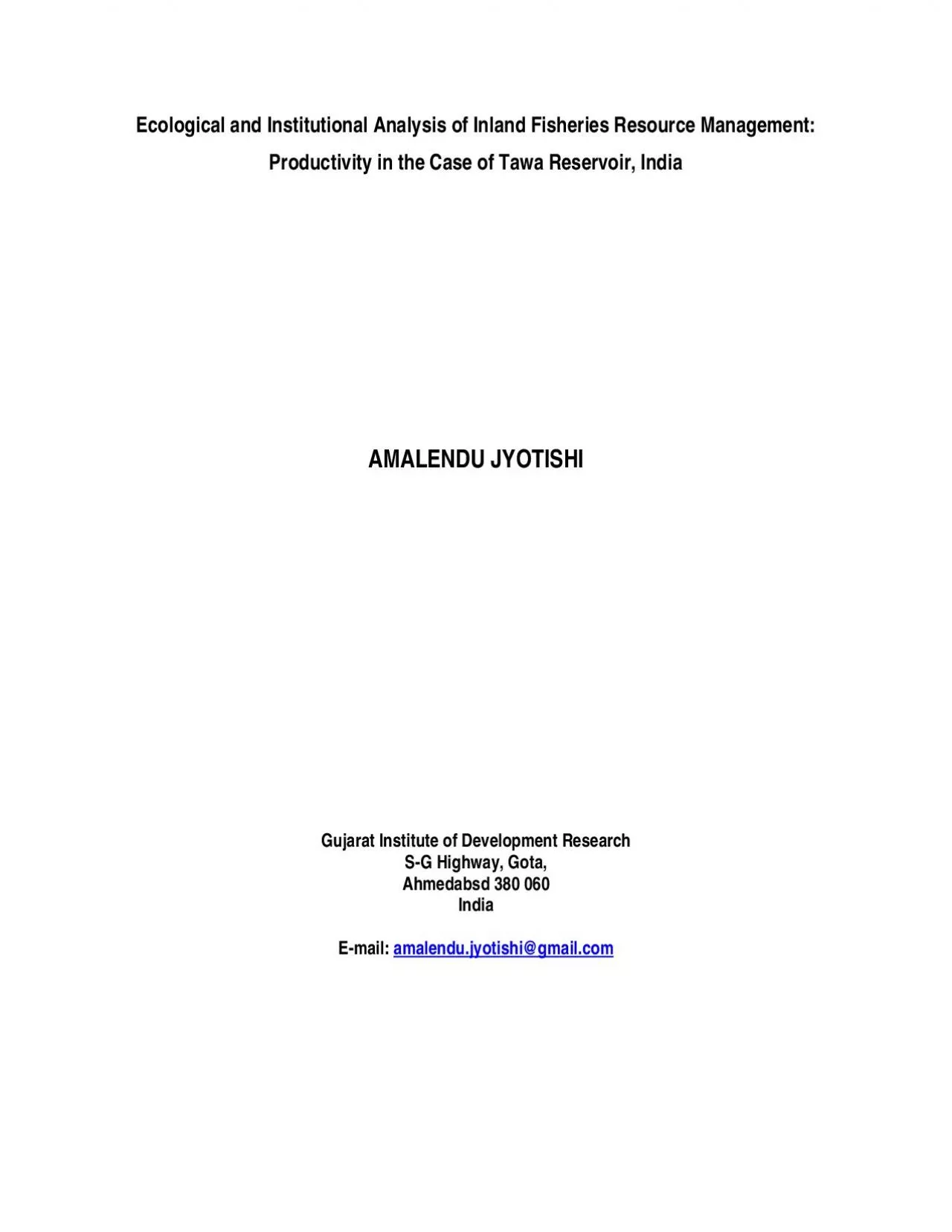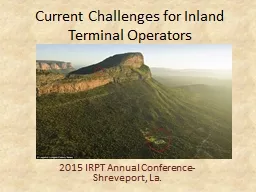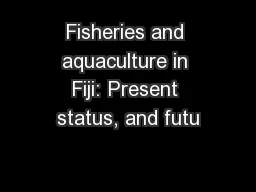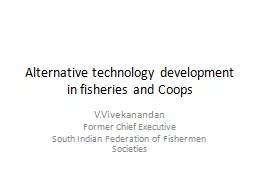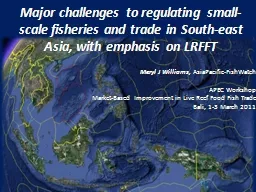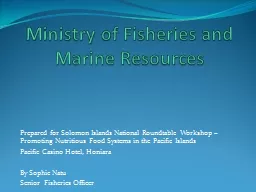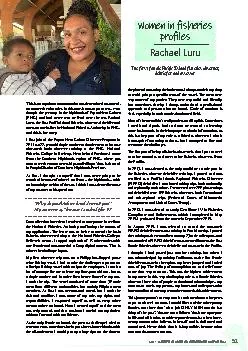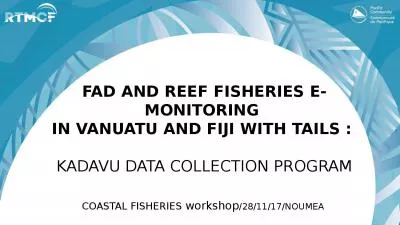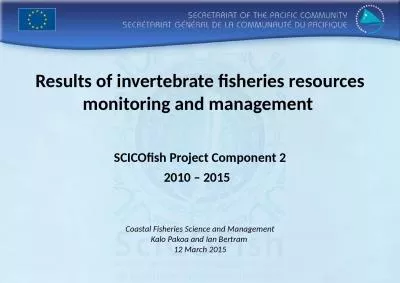PDF-Ecological and Institutional Analysis of Inland Fisheries Resource Man
Author : jaena | Published Date : 2021-08-10
AMALENDU JYOTISHI Gujarat Institute of Development Research SG Highway Gota Ahmedabsd 380 060 India Email amalendujyotishigmailcomTable 1 Fish species reflected
Presentation Embed Code
Download Presentation
Download Presentation The PPT/PDF document "Ecological and Institutional Analysis of..." is the property of its rightful owner. Permission is granted to download and print the materials on this website for personal, non-commercial use only, and to display it on your personal computer provided you do not modify the materials and that you retain all copyright notices contained in the materials. By downloading content from our website, you accept the terms of this agreement.
Ecological and Institutional Analysis of Inland Fisheries Resource Man: Transcript
Download Rules Of Document
"Ecological and Institutional Analysis of Inland Fisheries Resource Man"The content belongs to its owner. You may download and print it for personal use, without modification, and keep all copyright notices. By downloading, you agree to these terms.
Related Documents

